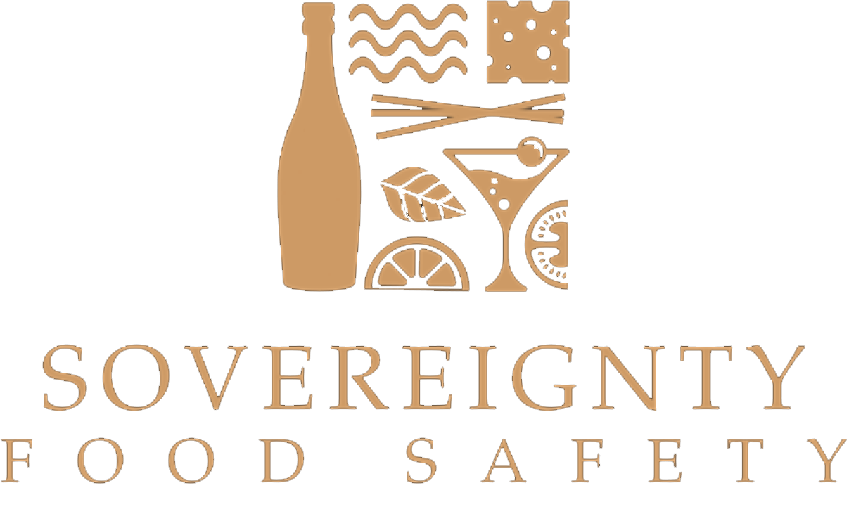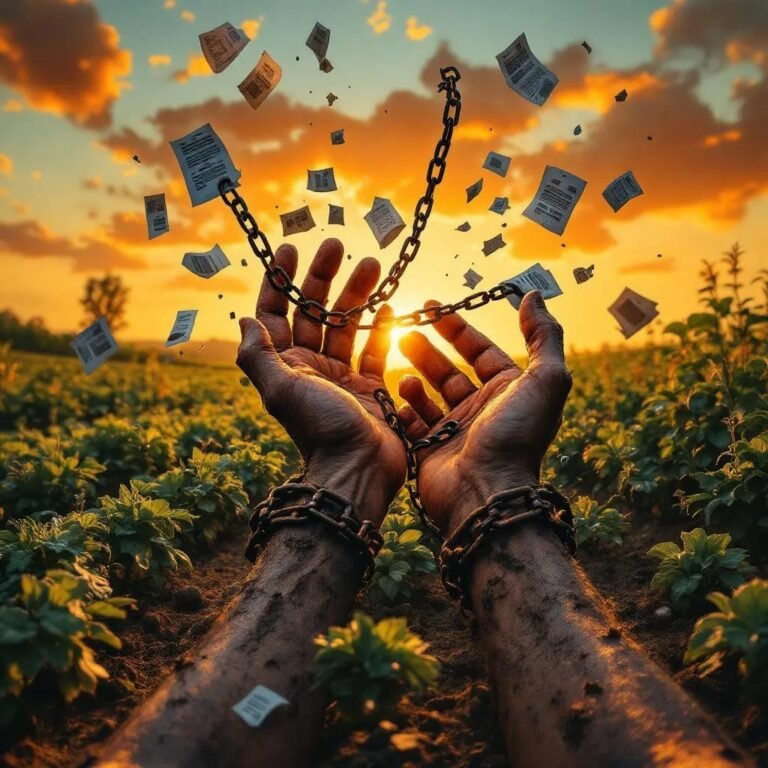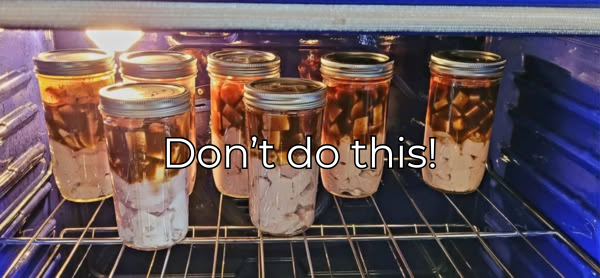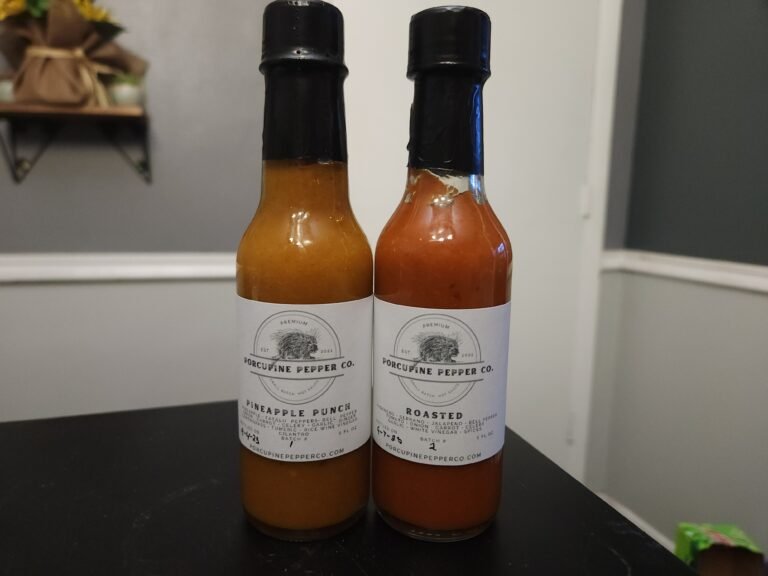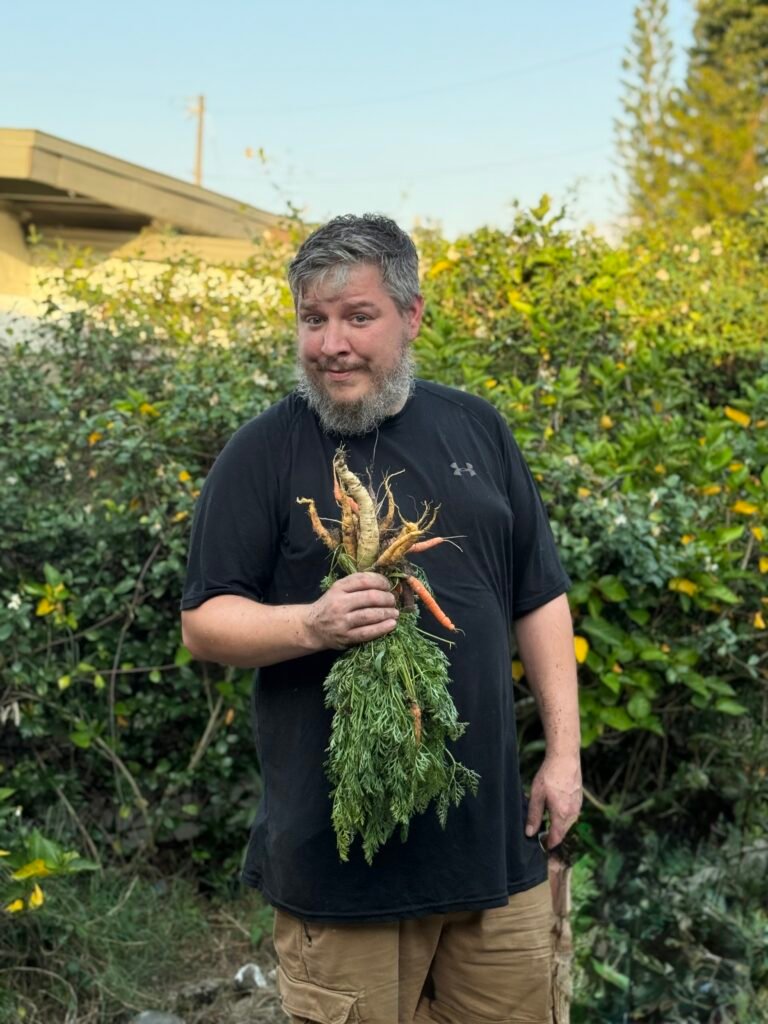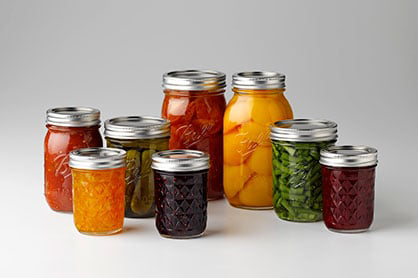Why Food Security Matters
A few years back, I was up in Maine, gearing up for winter storms that could leave you without power for days—sometimes weeks. I still remember the silence before the blizzard, how the grocery stores would suddenly look like a war zone, shelves wiped clean as everyone rushed to stock up. You knew that once the storm hit, you were on your own. No quick runs to the store, no delivery trucks, just whatever you had in your pantry. Candles, canned goods, a generator humming in the background—those things became lifelines.
Now, here in Florida, the storms are different but the stakes are the same. I wasn’t here for Hurricane Andrew back in ‘92, but my fiancée lived through it. The way she talks about it—the destruction, the weeks without power or fresh food, the fear of not knowing what was coming next—it’s a stark reminder that disaster doesn’t discriminate by region. Whether it’s blizzards in the north, hurricanes in the south, tornadoes, wildfires, or earthquakes, these events can all cut off your access to food and water when you need them most.
But here’s the thing: you don’t have to be in a disaster zone to feel like you’re in crisis. For millions of Americans, every week feels uncertain. The rising cost of groceries, job instability, and lack of reliable transportation make accessing food a daily struggle. Disaster just makes an already difficult situation worse.
How Long Does It Take to Get Help After a Disaster?
We all hope that help will arrive right away after a disaster—but that’s rarely the case. Reality moves slower than hope. Roads are blocked. Power lines are down. Relief organizations are stretched thin. You might be waiting a lot longer than you think.
When Hurricane Helene hit western North Carolina in 2024, it brought torrential rains and flash flooding that devastated rural mountain communities. Entire roads were washed away, bridges collapsed, and power lines were down for miles. Many homes were inaccessible for days, and for some, basic services like electricity, safe drinking water, and food access didn’t return for over a week. Nearly a year later, some communities are still dealing with damaged infrastructure and isolation. It’s a powerful reminder that even a Category 1 hurricane can cause long-term disruption—especially in places where help takes longer to arrive.
After tornadoes swept through parts of Kentucky in 2021 and Alabama in 2023, thousands of residents were left without power for over a week. Some waited 10 to 14 days for service to return—longer in rural pockets. Power crews work tirelessly, but it takes time to rebuild infrastructure, especially in disaster zones.
After Hurricane Andrew leveled Homestead, Florida, in 1992, the area was declared a federal disaster zone. Some people were without power for more than a month. Grocery stores were flattened, water supplies were disrupted, and FEMA trailers became a way of life for displaced families.
The bottom line? You could be on your own for at least 3 to 14 days, sometimes longer. And that’s just for power or food assistance—rebuilding can take months, even years. Having food, water, and basic supplies on hand can be the difference between stress and security.
Most People Aren’t Prepared
Despite the growing number of storms, power outages, and infrastructure failures, most people don’t have more than a few days’ worth of food in their homes. Many folks rely heavily on just-in-time grocery shopping, delivery services, or takeout. That’s fine—until it isn’t.
According to FEMA, less than half of Americans have three days’ worth of non-perishable food in their homes, and fewer still have enough for a full week. That means most households would be in real trouble if access to food was interrupted even briefly.
When supply chains slow down or power grids fail, it doesn’t take long for panic to set in. Bread disappears. Bottled water vanishes. Even canned goods fly off the shelves. But by then, it’s too late to prepare. That’s why building food security starts when everything is calm. You prepare now so you don’t have to panic later.
Food Security = Freedom from Fear
Food security means having reliable access to enough affordable, nutritious food. But for far too many, this is a daily uncertainty—not just a storm-season concern.
Over 44 million Americans face hunger, including 1 in 5 children. Working families, seniors on fixed incomes, and people living in rural or under-resourced communities are hit hardest. Even small disruptions—an unexpected bill, a broken-down car—can spiral into skipped meals.
Emergency preparedness and poverty aren’t separate issues. They’re intertwined. If you’re already stretched thin, preparing for a disaster might feel impossible. But it doesn’t have to be all or nothing.
That’s why I focus on low-cost, realistic solutions that anyone can implement. Preparedness shouldn’t be a luxury. It should be a right.
Don’t Forget These Pantry MVPs
Canned beans and rice are solid, but here’s what most folks skip that’ll keep you fed and sane:
- Vegetable oil/cooking fats: High-calorie fuel when you’re scraping by.
- Salt, pepper, basic spices: Makes plain rice taste less like a punishment.
- Bouillon cubes/powder: Turns scraps or grains into soup that doesn’t suck.
- Canned fruit: A hit of vitamins and a sweet break from the grind.
- Sugar, instant coffee, non-dairy creamer: Little wins to keep your spirits up.
- Portable camp stove with fuel: No power, no problem.
- Manual can opener: Don’t be the guy trying to open a can with a screwdriver.
- Water purification tablets/filter: Because tap water might be dicey.
- Batteries, flashlights, emergency radio, candles: For when the world goes dark.
- First Aid, hygiene products, camp soap: These things can mean the difference between life and death.
These aren’t just supplies—they’re your crew when things get rough. A little comfort goes a long way when you’re stuck..
Build a Backup Pantry—$10 at a Time
You don’t need to spend a fortune to prepare. Here’s what I add to my shopping list each time I go to the store, usually for around $10:
- 2 canned vegetables
- 1 starch (rice, pasta, or instant potatoes)
- 1 canned soup or a case of ramen
- 1 canned protein (tuna, chicken, spam, etc.)
Doing this regularly builds a pantry slowly but steadily, giving you options if stores close, power goes out, or money gets tight. It’s simple, affordable, and it works.
Meeting Daily Caloric Needs on a Budget
In any emergency — whether it’s a hurricane, blizzard, or economic hardship — having food on hand is important, but so is having enough food to keep you going. The average adult needs between 2,000 and 2,500 calories per day to maintain energy, body heat, and clarity of thought. During a crisis, especially one involving manual labor, cleanup, or stress, those calorie needs can be even higher.
This can sound like a lot — especially for families on a tight budget — but it’s absolutely achievable with shelf-stable, affordable staples. You don’t need high-dollar freeze-dried meals or specialized survival food. You can meet your caloric needs with common items found at any grocery store.
Here’s how to make it work:
Budget-Friendly Foods That Pack a Caloric Punch
These foods are shelf-stable, widely available, and offer high calories per dollar:
- Rice (white or brown) – ~200 calories per cooked cup
- Dried beans or lentils – ~230–280 calories per cup
- Ramen noodles – ~380–400 calories per pack
- Peanut butter – ~190 calories per 2 tablespoons
- Vegetable or cooking oil – ~120 calories per tablespoon
- Pasta – ~200 calories per cooked cup
- Crackers – ~150–200 calories per serving
- Oatmeal – ~150–170 calories per half cup dry
- Shelf-stable milk or powdered milk – ~80–150 calories per cup
- Canned meats (tuna, chicken, salmon, Spam) – ~150–250 calories per serving
- Canned soups and stews – ~100–200 calories per cup
- Canned fruit in juice or syrup – ~80–150 calories per serving
- Trail mix or nuts – ~160–200 calories per small handful
A Sample Budget Meal Plan (~2,000–2,300 calories)
Here’s what a single day of simple, affordable meals might look like in an emergency situation:
Breakfast:
- 1 cup cooked oatmeal with a spoonful of peanut butter (300 cal)
- 1 cup shelf-stable milk (100 cal)
Lunch:
- 1 cup cooked rice (200 cal)
- 1/2 can beans (100 cal)
- 1 tbsp oil or lard mixed in (120 cal)
- 1 small canned fruit (100 cal)
Dinner:
- 1 pack ramen with added canned meat and vegetables (500–600 cal)
- Crackers with peanut butter (250 cal)
Snack:
- Handful of trail mix or nuts (200 cal)
Total: ~2,000–2,300 calories
It’s not gourmet, but it’s filling, nutritious, and most importantly, it keeps you fueled through tough times.
Why This Matters
Stocking your pantry with affordable calories is more than preparation — it’s empowerment. It allows you to stretch what you have, share with neighbors in need, and maintain dignity and self-reliance no matter what comes your way.
Beyond the Pantry: Other Ways to Prep
A pantry’s your foundation, but there’s more to being ready. Here’s what I’ve learned from years in kitchens and prepping for the worst:
- Learn to cook with what you’ve got: In my chef days, I’d turn leftover scraps into meals that’d make your mouth water. Practice making a meal from just your pantry—rice, beans, a can of veggies, some spices. It’s a skill that saves you when options are slim.
- Store water like it’s gold: You need a gallon per person per day. Old soda bottles, cleaned out, work fine for storage. Keep ‘em in a cool, dark spot.
- Get a garden going: Even a few pots of herbs or tomatoes on a balcony can stretch your food. I started growing peppers in my Florida backyard—nothing beats fresh food when you’re stuck.
- Know your neighbors: In a pinch, community is everything. Trade a can of soup for some batteries, or share a meal. I’ve seen kitchen crews pull together like family; your block can too.
- Practice your plan: Once a month, cook a meal using only your pantry and camp stove. It’s like a fire drill for your stomach—makes you ready for the real thing.
These don’t cost much, but they build resilience like nothing else.
This Isn’t About Panic
Preparedness isn’t hoarding. It’s not fear-based. It’s about practical steps to build stability in unstable times. And it’s especially critical for people who are already struggling. When money is tight or food stamps run out, having even a modest backup supply can soften the blow.
We all deserve to feel secure in our ability to feed ourselves and our families. That’s not panic—it’s dignity.
Preserve What You Can, While You Can
Canning and preserving food at home is one of the best ways to take control over your food supply. It’s empowering to know how to safely turn fresh produce or bulk buys into shelf-stable staples. It reduces waste and means you’re not just relying on store shelves when disaster hits—or when the budget is tight.
I make it a mission to share this knowledge. That’s why I’m excited to announce that online classes are coming soon. We’re getting ready to film video lessons for Canning 101, which will walk you through safe, USDA-approved methods for preserving food at home—even if you’re brand new to it.
If You’re Struggling With Food Insecurity, You’re Not Alone
Food security is a community issue, not just a personal one. If you or someone you know needs help, here are trusted resources:
- Feeding America
- 211.org – Call 2-1-1 for local food pantries and support
- USDA National Hunger Hotline – 1-866-3-HUNGRY
- SNAP Program
- WIC Program
For Florida residents:
Local churches, mutual aid networks, and community centers are also great places to turn for help.
Start Small. Start Now.
This isn’t about hoarding or living in fear. It’s about knowing you’ve got your family’s back, whether it’s a hurricane, a layoff, or just a month where the bills hit harder than usual. I’ve spent my life in kitchens, feeding people, and teaching them to feed themselves. Food security’s not just survival—it’s dignity. It’s looking your kids in the eye and knowing they’re covered.
Start small: a can, a jar, a skill. Follow us on Instagram and Facebook for weekly tips, cheap recipes, and updates on Canning 101. Join the waitlist for our online class below and get practical advice to build your pantry.
Preserve more. Depend less. Take control of your food freedom—one can, one jar, one meal at a time. You’ve got this.
